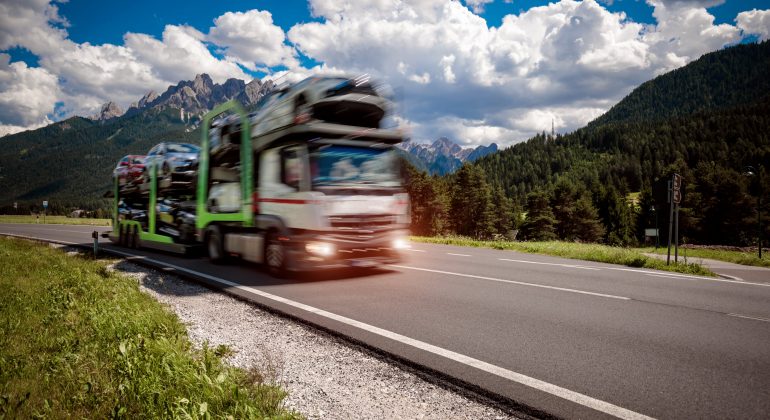Across the continent, public transport systems are so good that many Europeans go through their entire lives without ever having learned to drive a car.
As a result, Europe boasts one of the most diverse transport sectors in the world with goods and passengers transported within and over 50 land borders by air, road and rail. It is an integral part of the EU’s economic strategy, contributing more than 9% of its gross value added (GVA).
The transport sector is a cornerstone of European integration, helping to fulfil the free movement of individuals, services and goods. It also helps to keep the economy moving by developing a network of modern infrastructure that makes journeys quicker and safer, while promoting sustainable and digital solutions.
Transportation is essential for the delivery of all goods and services, as well as for leisure and social activities in Europe. It contributes to the wellbeing of people and their environment, ensuring the efficient use of scarce natural resources, and supporting local economies and job creation.
There are many different types of transport in Europe, ranging from the high-speed train and metro system to the long distance coach. All of these methods of transport are designed to meet the needs of the people who use them and the products that they carry.
For example, a number of European countries have implemented a bus fare policy that allows people to travel for free, or at least at a reduced cost. Some of these schemes are aimed at making it easier for Europeans to commute in their own cities and others are designed to promote use by foreign travelers.
Luxembourg, for instance, has introduced a nationwide free fare policy since March 1. It’s hoped this will encourage more drivers to switch to public transit.
Several other countries have also implemented similar policies to make it more affordable for people to use public transportation. These measures have been successful in a variety of ways, including reducing traffic congestion, increasing safety and boosting the economy.
The case of Hasselt, Belgium is an example of a country that has done a great job in promoting the use of public transport, while at the same time providing incentives for people to use it. It introduced a FFPT scheme for its bus fleet in 1997 and has seen an increase in the number of buses on its network as a result.
While these schemes are a success story in many ways, there are still many challenges and obstacles that need to be overcome in order to increase the use of public transport in Europe. Those challenges are incompatible national strategies and time schedules, divergent regulatory frameworks, insufficient infrastructure and a lack of cooperation between public transport providers, to name just a few.
In addition to these challenges, there are a number of opportunities for governments and their transport stakeholders to increase cross-border passenger flows between regions by enhancing the availability and quality of public transport services. These potential policies can include the development of common fare policies, ticketing systems and timetables, introducing zero-emission vehicles or rolling stock, providing infrastructures operability and creating cooperation platforms involving multiple stakeholders.


